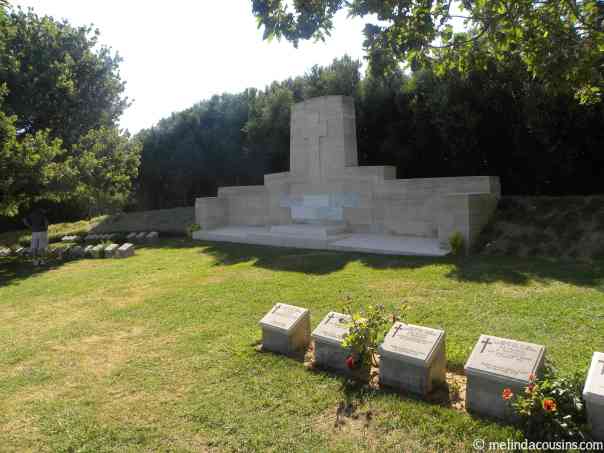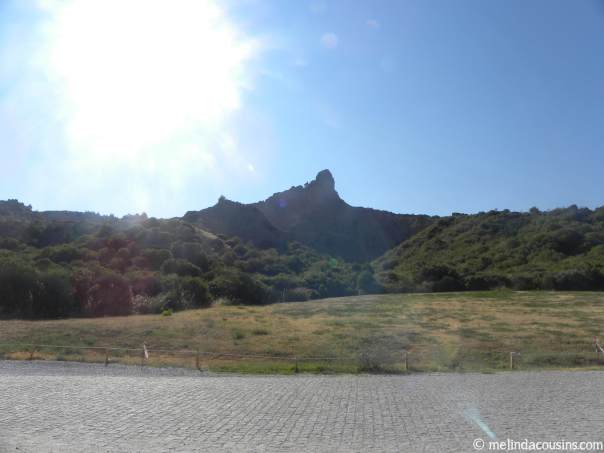It seems appropriate to follow up Friday’s post about what Anzac Day might say about Aussie culture and the gospel with my own reflections from visiting Gallipoli a couple of years ago.

What did I love about visiting Gallipoli?

We stayed the night before at Çanakkle and watching the sunset over the Daranelles looking toward the Gallipoli peninsula was quite moving.
Visiting a place which you have heard of so frequently but never really known much detail about is an engrossing experience. For starters, I found Anzac Cove much smaller than I expected.
The whole peninsula is fairly barren and undeveloped, and just seems like such a desolate and strange place for our national myth to be centred on.
I’m not generally the most nationalistic person, but it was powerful to reflect on the heartbreak suffered by so many so far away back home whose sons never returned from this place.

I was also impressed by the hospitality of the Turkish people in welcoming us to remember and commemorate our story in the midst of their own.

What did I learn from Gallipoli?

The number of graves alone tells the story of the futility of war. This is not a place for celebration, but for sombre contemplation on the darkness of human history.

I knew we had a distant family connection to Gallipoli, but was not expecting to find a family name on the memorial to those who have no known grave. Certainly that gave me a deeper sense of connection to this place.
And yet I struggled as I stood there to reconcile all the stories, the legends, that I have heard over the years, with the stark reality of this place. I’m not convinced that every individual Australian who faced death in this place was “staunch to the end” or “steady and aglow.” I wonder how many of them were afraid, humbled, and confused.
I couldn’t help wondering how often Australians erroneously glorify this place and what happened here.

I had an intriguing conversation with my Turkish guide, when I asked him what he thought about all these Australians coming here to remember. At first he brushed me off with a smile, “We love it! We love you!” but when I pushed deeper, he admitted that he really didn’t understand it. That from his perspective it was a little strange, and that perhaps at times he found the way we spoke and acted while in his country a little offensive.

It can be so hard to see things from another perspective, to put ourselves in the shoes of the “other side.” But perhaps that is the most important lesson of a place like this. How can we move beyond our own side of the story to embrace the truth, which surely includes fault and failing on both sides, as well as inspiration and courage, again on both sides?

This was really brought home to me a few days later in Ankara, where I saw this painting inside Ataturk’s museum. It looked so familiar … and yet the ones I am used to seeing come from the perspective of the other side. People who place ourselves on opposite “sides” and yet we are all so very similar, so very human, so very caught up in seeing things our own way that perhaps we don’t even notice that those who seem so different are actually very much the same?
In the end, at the going down of the sun, I hope we do remember them, all of them, from all sides, and learn from them all.







6 weeks after Gallipoli we fought and lost 25,000 casualties at Poziers… no one talks about that (for varying reasons)… but I agree we glorify the place and the people that were there when they we know they weren’t all heroes…
LikeLike
Reblogged this on Foreign Exchange Headquarters.
LikeLike